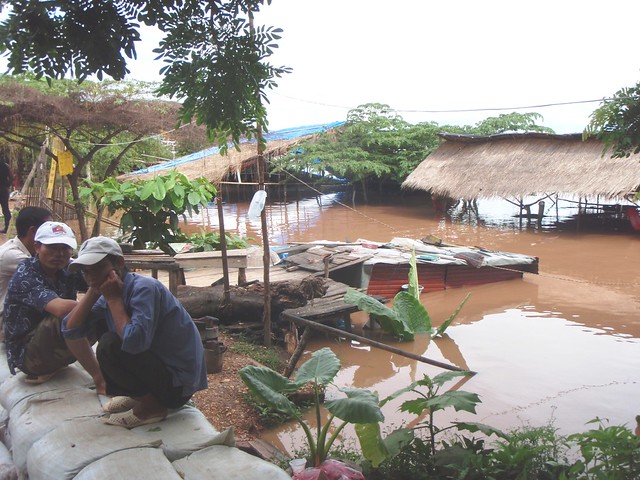
When 12 young bar goers vanished in the heart of Mexico City three months ago, their relatives rushed to hospitals and police stations desperately searching for missing loved ones.
Frustrated with the investigation's slow progress, the families blocked streets in protest, won meetings with the city's attorney general and barged into his press conferences when they felt they were being neglected.
On Tuesday, a Mexican official said 12 of 13 bodies found in a mass grave outside the capital last week were identified as the kidnap victims, but the relatives asked independent Argentine forensic experts to confirm it.
The mass abduction has cast a spotlight on Mexico's struggle to solve thousands of disappearances and the efforts families have to undertake themselves in the face of all-too-often uncooperative officials or shoddy police work.
"Authorities make an effort to investigate in those cases where families make enough noise that the cost for authorities of negligence is too high to ignore," Nik Steinberg, a Human Rights Watch researcher who wrote a report on Mexico's disappeared, told AFP.
"If the families don't exert public pressure in cases of disappearances, they have little hope of investigations even being opened."
The Heaven bar case is Mexico's most high-profile mass kidnapping since President Enrique Pena Nieto took office in December, vowing to reduce the abductions and murders linked to drug cartels that vexed his predecessor.
"The Heaven case is emblematic because it shows that Mexico is still unable to respond to disappearances committed by organized crime," said Pilar Tavera, director of Propuesta Civica, a civil society group.
In an effort to crack cases, the federal attorney general's office said Monday it would offer rewards for tips that help them find missing people.
The agency has created a special unit of 12 prosecutors to investigate disappearances. They face a database of 26,000 people who vanished between 2006-2012, but officials say the figure is likely lower because many left home willingly.
The unit's creation is a positive step, Steinberg said, but "Pena Nieto needs to do much more given how widespread the problem is and given the inadequate response of police up to now."
When they do investigate, authorities often fail to carry out "the most basic steps" like visiting morgues or interviewing witnesses, he said, while Tavera said victims are often painted as criminals.
Countless Mexican families have had to conduct their own police work and track down witnesses at great risk to their own lives, or pressure authorities with protests.
What's surprising is that this happened in Mexico City, considered largely immune from the disappearances and killings plaguing states terrorized by drug cartels.
"If we didn't make a lot of noise, nothing would have happened and (the missing) would have just become statistics," said Eugenia Ponce, aunt of 16-year-old Jerzy Ortiz, one of the 12 who were snatched in broad daylight on May 26.
Ponce had gone to a police station to look for her nephew, only to be told to look elsewhere. The "Amber Alert" system, which immediately triggers searches of missing minors, was never activated for Ortiz.
They were told they had to wait the customary 72 hours to file missing person reports. It took two weeks for prosecutors to call it a kidnapping after security camera footage showed a group of men bundling the victims into cars.
Mexico City Attorney General Rodolfo Rios defended his agency Monday, saying it detained seven suspects and would keep working until all those responsible are caught.
He said the kidnapping was payback for the killing of a drug dealer in a dispute between two gangs, but relatives deny the 12 were involved in crime.
Maria Guadalupe Fernandez, a member of the United Forces for Our Disappeared in the northern state of Coahuila whose son disappeared in 2009, said the Heaven case ended tragically but that at least parents will have closure.
"This case can be a paradigm for investigations. It took three months, but they found them," she said. "The (Heaven) parents will get their children. But our grief just goes on and on, in limbo."
Wednesday 28 August 2013
http://www.globalpost.com/dispatch/news/afp/130827/mexico-families-fight-red-tape-find-the-missing










